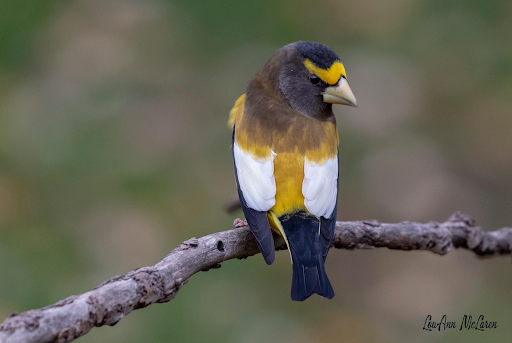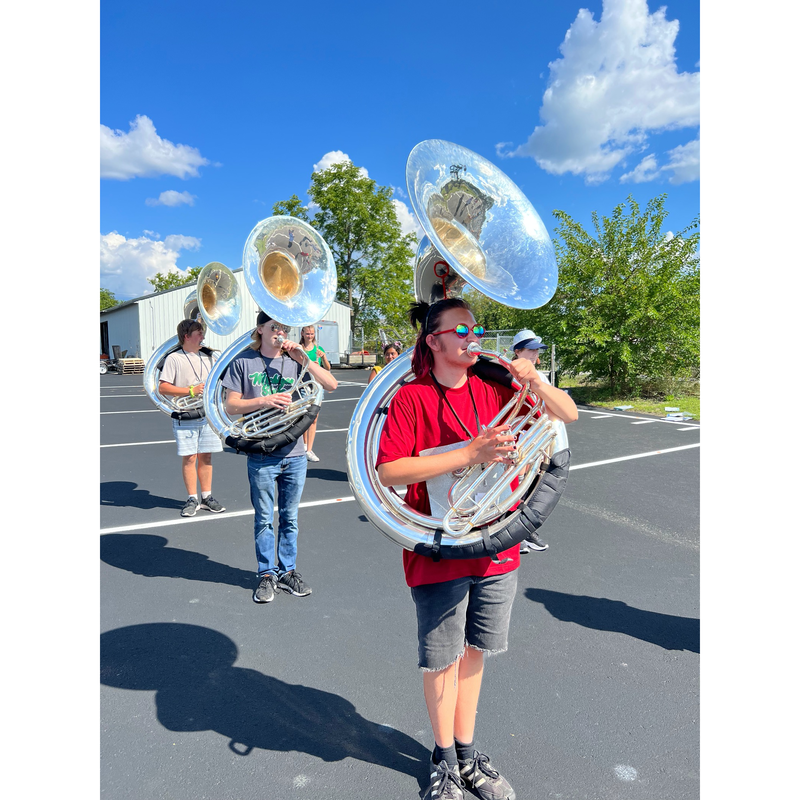 Andrea and Terry Grabill aka BirdGoober Andrea and Terry Grabill aka BirdGoober Andrea and Terry Grabill answer the latest avian queries Winter irruptions – what are they? From Rachel J. Wild bird populations sometimes get very exciting in winter. Birds that we’ve not seen in Lower Michigan suddenly appear in great numbers, causing all kinds of talk among birders and feeder watchers. An irruption, or sudden change in the density and distribution of birds can occur for several reasons, but the result is a regional buzz among the birding community as pine siskins, redpolls, red-breasted nuthatches and evening gosbeaks show up in yards where they haven’t been seen for years, even decades. Irruptions among songbirds are linked to poor seed crops in their northern winter ranges. With a mild spring and summer, pines produce a low amount of seeds and when fall approaches, these birds are left with little option but to move south, and in large numbers! This year, pine siskins have arrived and, for the first time that I remember since the 1970s, evening grosbeaks are turning up throughout Southern Michigan! Owl irruptions bring northern owls south, including great grey, northern saw-whet, northern hawk, and, of course, snowy owls. Not much brings people out owl watching like a report of snowy owls from the north. The winter of 2013-14 was called a mega irruption and snowy owls were found as far south as Florida. Owl irruptions are a factor of the breeding adults being overly successful at raising young. Every year, parents produce more young than can be supported by the northern food supply of rodents. In years of high rodent density, these chicks survive at a higher rate and once winter sets in, these rodents become difficult to find. Often, the surplus owls raised that year are forced to move south in search of prey. Be on the lookout for irruptions! Evening grosbeaks and pine siskins are popping up and it’s only a matter of time before some snowy owls are around! TWG Above: Evening grosbeak male and group at a feeder. Photos by LouAnn McLaren What steps should be taken for Fall bird house maintenance? From Heidi B. Now that nesting season is over, it is a great time of year to inspect nesting structures. If there are any rotten materials, now is an opportune time to replace and repair them. The following are some tips for cleaning and winterizing nest boxes:
Just remember some fun facts:
AFG BirdGoober is Terry and Andrea Grabill, of Newaygo. They have been birding together since they met and love to share their passion for birds with people of all ages. Please send your birding questions to the Grabills at [email protected] or visit their website www.birdgoober.com.
1 Comment
Charles Chandler
11/1/2020 10:24:46 pm
Great information. Well done.
Reply
Your comment will be posted after it is approved.
Leave a Reply. |
Features and FunConcerts, Plays, Happenings, Local Recipes, Gardening, Entertainment, Charities, Fundraisers, upcoming events, Theater, Activities, Tech, and much more. Archives
July 2024
Categories“We don’t have a choice on whether we do social media, the question is how well we do it.”
- Eric Qualman |


 RSS Feed
RSS Feed